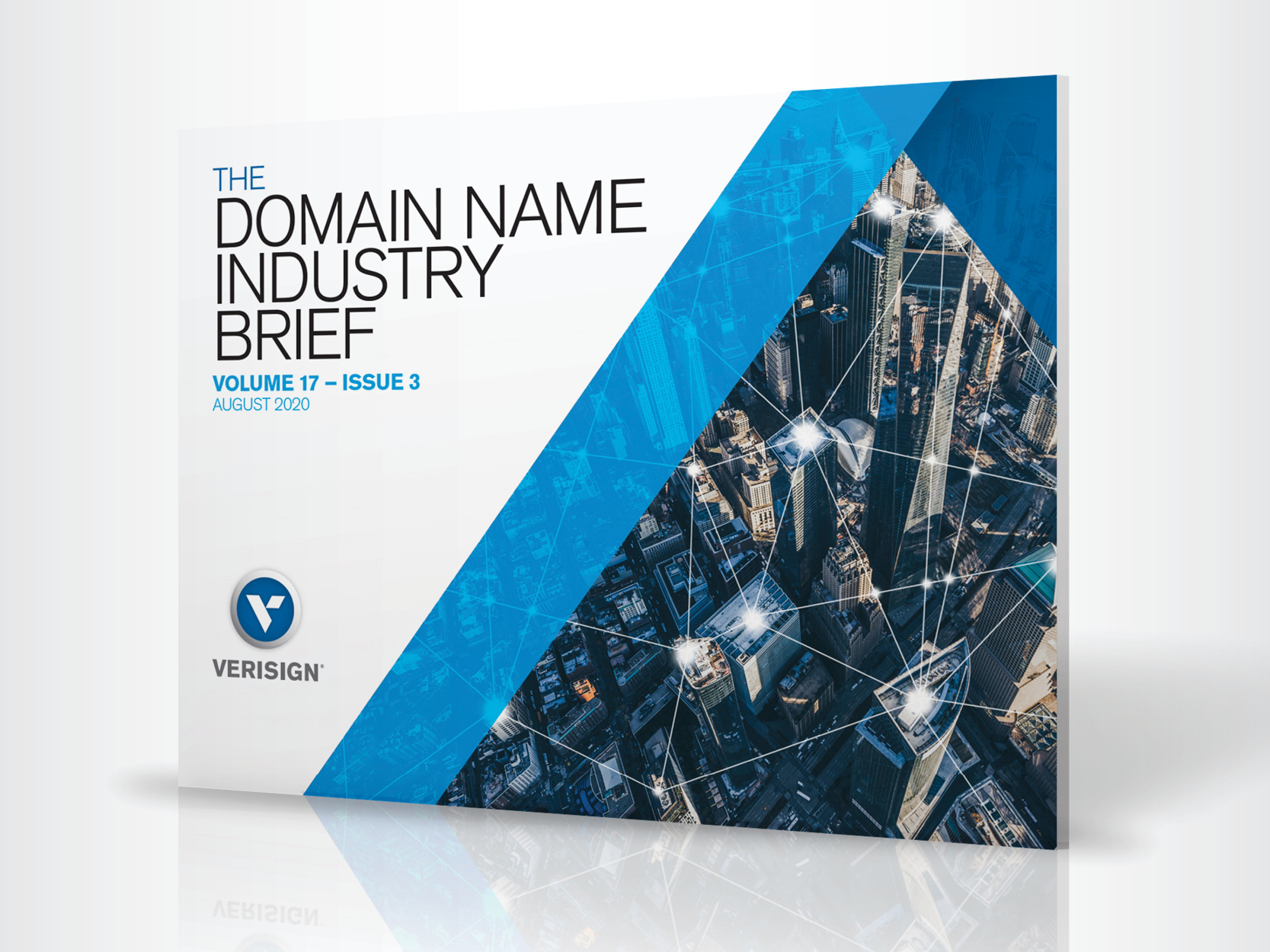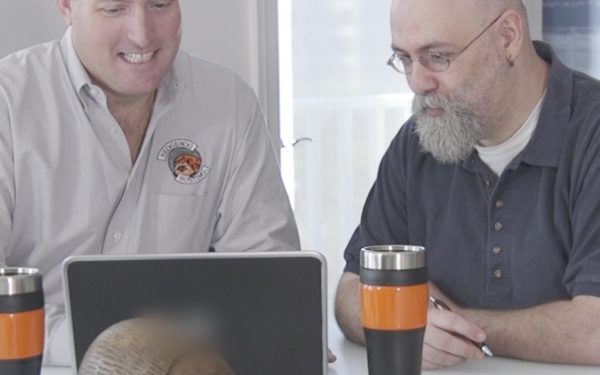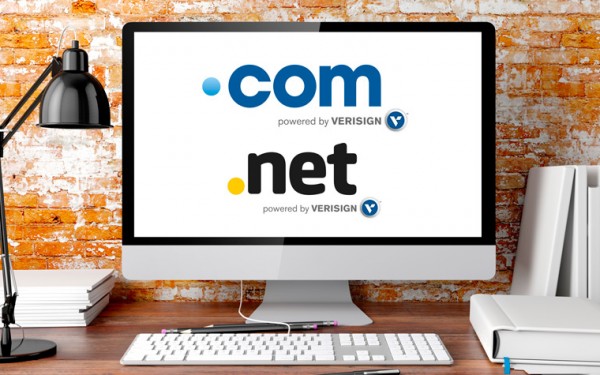Hint: It’s at least $1 billion every year.
Recently, a blogger whose website features posts and ads from domain speculators wondered what the cost of registering a .com domain name would be if somebody else ran the .com registry. But this blog post asks the more relevant question: “How much could businesses and consumers save if the benefit of .com price caps were passed along to consumers?”
Now is a good time to focus on this question, since Verisign and the US Department of Commerce just amended their Cooperative Agreement to allow limited, regulated .com price increases.
After reading this post, ask yourself if you believe that consumers are getting the benefit of those price controls.
First, for those not fully familiar with the generic domain name ecosystem and the .com price controls that exist today, here is a quick primer:
- Domain registry operators are the global wholesale source of a particular top-level domain (TLD), such as .com. But, .com is the only ICANN-contracted TLD where wholesale prices are as tightly controlled (a $7.85 price cap has been in place since 2012).
- The only entities that Verisign can supply .com domain names to are ICANN-accredited registrars. To be clear: Verisign, as a registry, is prohibited from selling .com domain names directly to end users, or to anyone other than ICANN-accredited registrars (ICANN manages the domain name system).
- ICANN-accredited registrars (such as GoDaddy, the largest) are the retailers of domain names to businesses and individuals and set the prices that businesses and consumers pay – without regulation or restriction.
The wholesale cost that registrars pay for .com domain names is limited by the price regulation described above. However, the price caps don’t help businesses and consumers who buy from registrars, since registrars can charge retail prices for .com domain names as high as the market will bear. Many registrars sell .com domain names at reasonable mark-ups directly to businesses and consumers. Other registrars sell the first year of a domain name registration below their wholesale cost, and then raise prices on renewal registrations in the following years. This is the ICANN-managed domain name ecosystem most know.
But there is also an unregulated secondary market – led by domain speculators – hiding in plain sight. There, some speculators buy domain names at regulated low prices, then sell them at a far higher price. This secondary market is as old as the domain name system itself. However, since the wholesale price cap was imposed on .com in 2012, the secondary market has expanded in ways that exploit consumers.
Look at the website HugeDomains.com – owned by registrar TurnCommerce – where nearly four million .com domain names are warehoused and offered for sale:
- None are offered below $195, and 90 percent of their names are priced above $1,000.
- The average price is roughly $2,500 per domain – a markup of more than thirty thousand percent (30,000%) over the regulated wholesale price of $7.85.
- That’s a profit margin of over 99 percent on each sale
- At these prices, the value of the HugeDomains’ inventory is nearly $10 billion
- Many of HugeDomains’ names have incredibly high price tags. Here are a few examples from their website, as of November 1, 2018:
- NeighborhoodWatch.com for $1.25 million
- Margin.com is $3.5 million
- Glossary.com is offered at $7.5 million
- Even the fluff in their inventory isn’t cheap – Fluff.com is listed at $325,000
And yet, TurnCommerce has been actively lobbying our government to freeze the wholesale price of .com domain names. When they can buy .com names at capped wholesale prices, and mark them up to $2,500, $50,000, $1 million, or even $7 million, does anyone believe they are lobbying for continued price caps in order to protect consumers?
Even traditional registrars like GoDaddy have become big players in the secondary market and hold large portfolios of domain names for resale. GoDaddy’s public filings show it has spent over $100 million buying domain names for resale purposes. GoDaddy holds these domain names and then offers them to consumers and small businesses at prices that are often thousands of times the wholesale price. There’s nothing in GoDaddy’s public filings about its profits from this practice, but GoDaddy claims its domain name portfolio is worth $2.5 billion.
TurnCommerce and GoDaddy are not the only ones profiting from .com price caps. Domain speculation, or “domain scalping,” as some call it, has become a highly profitable industry unto itself. In fact, one of the top domain name speculators in this market reports a net worth of $500 million. These speculators even have their own lobbying group, the Internet Commerce Association (ICA), where TurnCommerce and GoDaddy are members via their subsidiaries NameBright and Afternic.
Ironically, in this speculators’ market, the price control on .com domain names serves only to reduce the cost of domain names bought by these speculators. Domain speculator Frank Schilling stated that the .com price cap “…has given the [domain speculation] industry a shot in the arm,” in a Jan. 2017 podcast interview. Flipping domain names or warehousing them to create scarcity adds nothing to the industry and merely allows those engaged in this questionable practice to enrich themselves at the expense of consumers and businesses.
So how large is this market? The answer may shock you. Verisign estimates that over $1 billion in annual secondary-market sales of .com domain names can be documented through publicly available data. Several domain speculators believe the size of the total market is $2-3 billion a year. Perhaps $1.5 billion is closer to the actual number, which is about equal to the total annual pre-tax domain name revenue of all ICANN registry services providers combined, including Verisign.
Recently, some who profit most from the unregulated secondary domain market have been lobbying our government to freeze .com wholesale prices. They say their goal is to protect small businesses and consumers. But their business models and domain resale prices show that their real goal is to preserve the profits they earn from .com price caps. In fact, the real opportunity for consumer savings would come from reducing or eliminating the more than $1 billion per year in scalping fees that businesses and consumers pay today.
The bottom line is this: Since our government continues to regulate .com prices, then we should make sure that price regulation actually benefits consumers, instead of contributing over a billion dollars to domain speculators every year.
How can we ensure that the intended benefits of the .com price caps actually accrue to consumers? Stay tuned – that question will be tackled in my next blog post, where I’ll explore this question with industry experts. You’ll be surprised at how simple and effective some of the answers will be.




